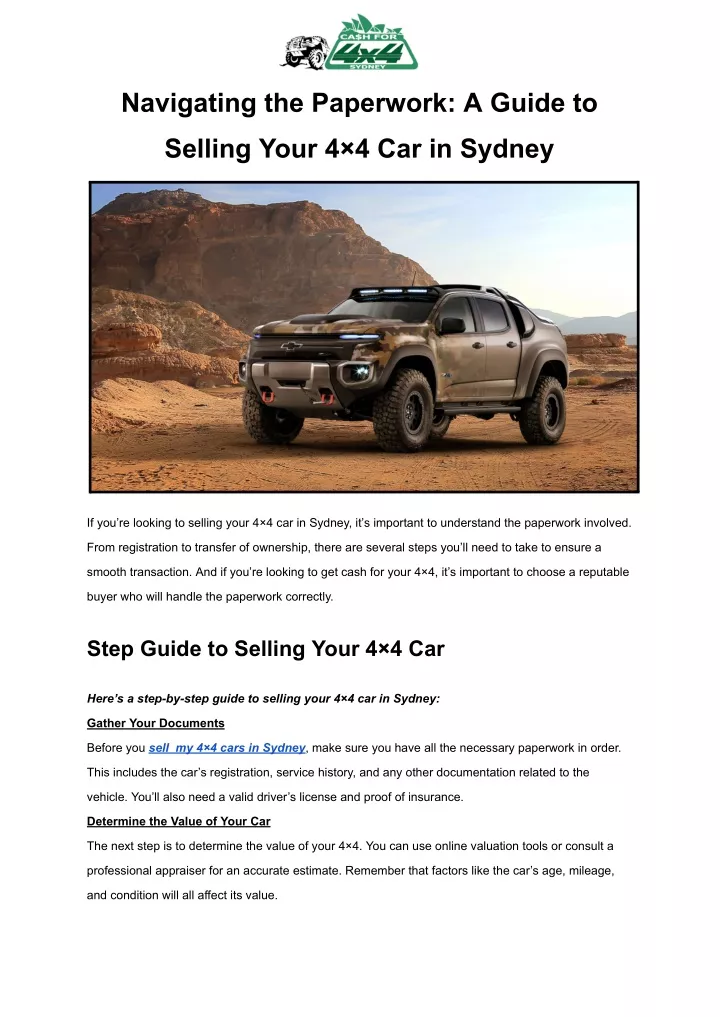New Vendor Onboard: Essential Paperwork Guide

When a business decides to onboard a new vendor, the process can feel like navigating through a dense forest of documents and procedures. Ensuring all the paperwork is in order is crucial for establishing a smooth, transparent, and legally compliant relationship with your suppliers. This comprehensive guide outlines the essential paperwork needed to onboard a new vendor, making the process clear and straightforward for all parties involved.
Pre-Onboarding Preparation

Before diving into the paperwork, it’s essential to lay the groundwork:
- Define clear criteria for vendor selection.
- Ensure internal alignment on procurement policies and vendor requirements.
- Conduct due diligence to verify the vendor’s reliability and compliance with industry standards.
Essential Documents for New Vendor Onboarding

The following documents are critical when onboarding a new vendor:
1. Vendor Information Form

This document captures essential details about the vendor:
- Vendor’s full legal name and business address
- Contact information, including primary and secondary contacts
- Tax identification number (TIN) or Employer Identification Number (EIN)
- Type of business (sole proprietorship, corporation, partnership, etc.)
- Company registration documents or business license
⚠️ Note: Ensure all details are accurately filled out and verified to avoid any issues during the transaction process.
2. Non-Disclosure Agreement (NDA)

An NDA is vital to protect your business’s proprietary information:
- Scope of the confidential information shared
- Duration of confidentiality
- Conditions under which information can be disclosed
3. Master Service Agreement (MSA)

The MSA establishes the general framework of your business relationship:
- Terms of service including pricing, payment terms, and delivery schedules
- Obligations and responsibilities of both parties
- Dispute resolution mechanisms
- Liability and indemnification clauses
4. Certificate of Insurance (COI)

Your vendor should provide proof of insurance to cover potential liabilities:
- Commercial general liability insurance
- Workers’ compensation insurance if they have employees
- Professional liability insurance where applicable
- Automobile liability insurance if applicable
📋 Note: Verify the insurance coverage matches your company's risk management policy.
5. Vendor Compliance Forms

These include forms or documentation to ensure the vendor complies with:
- Local, state, and federal regulations
- Your industry’s specific standards
- Health and safety policies
- Environmental regulations
6. Quality Control Documents

To ensure that the product or service meets your standards:
- Quality assurance policies
- Certificates of Compliance
- Inspection reports or process certifications (like ISO certifications)
Legal and Compliance Considerations

Ensuring compliance with legal standards is non-negotiable:
- Right to audit clause in the contract
- Anti-corruption certification
- Equal Employment Opportunity (EEO) statements
Onboarding Checklist

To streamline the onboarding process, here is a checklist:
| Document | Responsibility | Status |
|---|---|---|
| Vendor Information Form | Vendor | |
| NDA | Both Parties | |
| MSA | Legal Department | |
| COI | Vendor | |
| Vendor Compliance Forms | Compliance Officer | |
| Quality Control Documents | Vendor and Quality Manager |

✅ Note: Regularly review and update the checklist to reflect any changes in compliance requirements or company policies.
The journey of onboarding a new vendor is paved with an array of documents and compliance needs. By meticulously completing the necessary paperwork, businesses can foster robust, trustworthy, and long-lasting vendor relationships. This guide ensures that your new vendor relationships are built on a foundation of transparency and legal compliance, setting the stage for successful partnerships.
Key Takeaways

- Understand the importance of pre-onboarding preparation to streamline the process.
- Ensure all essential documents are collected to mitigate risks and ensure compliance.
- Utilize checklists and maintain an open line of communication with vendors to ensure a smooth onboarding experience.
- Remember that onboarding is not just about paperwork but establishing a mutual understanding and trust between your company and the vendor.
Why is due diligence important before onboarding a new vendor?

+
Due diligence ensures the vendor’s reliability, compliance with industry standards, financial stability, and capability to deliver the services or goods as promised. It helps in mitigating risks associated with new partnerships.
What should be included in a Master Service Agreement?

+
The MSA should cover terms of service, pricing, payment terms, delivery schedules, obligations, dispute resolution, termination conditions, and liability clauses to ensure a comprehensive agreement.
Can the onboarding process be conducted online?

+
Yes, much of the onboarding process can be digitized through the use of secure electronic document exchange platforms, e-signatures, and virtual meetings to discuss terms and conditions.
How often should vendor compliance be reviewed?

+
Vendor compliance should be reviewed annually or whenever there is a significant change in regulatory requirements, the vendor’s status, or your company’s policies.
What happens if a vendor fails to provide the Certificate of Insurance?
+
If a vendor cannot provide a Certificate of Insurance, it might be a risk to proceed. It’s advisable to either request the vendor to obtain the necessary insurance or consider selecting a different vendor who can comply with your insurance requirements.



